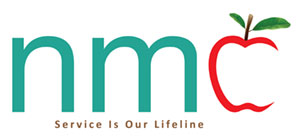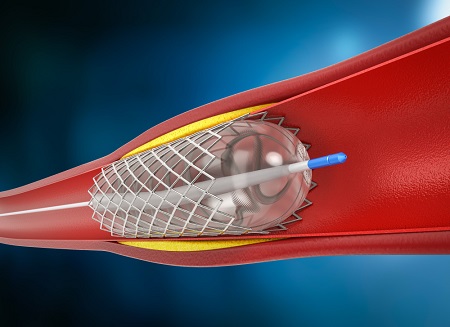Heart procedures, or cardiac surgeries, are used to treat heart conditions that have not responded to other treatments. Heart surgery is of course a frightening thought to many people. While no heart procedure should be taken lightly, advances in modern medicine and surgical procedures have greatly reduced the risk associated with surgery and have increased the chances of a successful outcome. While some procedures remain major operations, others, like the implantation of a pacemaker, are now commonplace ones.
Common Procedures
Cardiac surgery is a very large and complex field, but the most common procedures are listed below.
- Coronary Artery Disease: This condition exists when plaque narrows or blocks the supply of blood to the heart muscles through the arteries. The procedure to treat this creates a new path for the blood to flow, bypassing the blockage. This is probably the most common of all heart procedures and is known as a coronary artery bypass graft (CABG).
- Arrhythmia: When there is a problem with the electrical signals that control the heart rate and rhythm, the heartbeat becomes irregular. The procedure to treat this is to place a small implantable cardioverter defibrillator (ICD) or pacemaker in the chest. The pacemaker detects fluctuations in the heartbeat and sends out electrical signals to the heart to correct and stabilize the heart rate.
- Heart Valve Diseases: The heart has various valves that control the flow of blood through it. If one or more of the valves are not functioning properly, the flow of blood is affected and the heart is placed under stress. Surgery is used to either repair the affected valve(s) or if that is not viable, the damaged valve(s) are replaced by a mechanical valve or a biological valve from a human or suitable animal donor.
- Heart Aneurysm: A weak spot in an artery can develop a balloon-like bulge. If the bulge should tear or burst, blood flow will be affected and the result could be fatal. Surgery can either repair the weak area and remove the bulge or remove the damaged part of the artery and replace it with a patch or tube made of suitable material.
Also Read: 7 Proven Ways to Live a Heart Healthy Life
- Blocked Arteries: Coronary angioplasty is done to improve blood flow that has been reduced by the constriction of an artery. A small balloon is inserted into the affected artery and when it reaches the point of blockage, it is inflated to cause the artery to expand and allow the blood to flow freely. Once this is done, a special tube is inserted into the artery and left there to prevent it from narrowing again.
- Angina: Coronary artery disease that can be controlled by medication may cause bouts of severe chest pain. In such cases, a surgical procedure to relieve the pain by the use of lasers to relieve stress on the heart muscles is common.
- Congenital and Structural Heart Defects: Congenital heart defects refer to the various cardiac defects that a person is born with. Structural damage may also occur through injury or disease. Various surgical procedures can be used to repair abnormal structures or defects.
- Heart Failure: When the heart is too weak to pump blood through the body, various procedures may be used to fix the problem. The type of procedure will depend on the specific problem. These include:
- Implanting a cardioverter defibrillator to prevent sudden cardiac arrest.
- Implanting a biventricular cardiac pacemaker to control and coordinate the pumping action of the heart so that the blood flow through the body is maintained.
- A ventricular assist device is placed in the chest to help the heart pump blood.
- A heart transplant from a suitable deceased or brain-dead donor.
Options for Performing the Procedures
There are several surgical techniques that may be used for these procedures. The surgeon will determine which one is right for a patient, based on the specifics of the condition and the overall health status. The common approaches include:
- Open Heart or Traditional Surgery: In this, the chest is opened to provide access to the heart. The heart is temporarily stopped and a heart-lung bypass machine is used to keep the blood flowing during the surgery after which the heart is started again.
- Minimally Invasive Surgery: As the name implies, only a small opening is made, usually between the ribs, and special tools and a small camera are inserted to allow the surgeon to view the surgical area and use the tools. This type of surgery results in less scarring and has a faster recovery rate, but may not be suitable for all cases.
- Robotic-Assisted Surgery: This is a type of minimally invasive surgery. The surgeon uses computer-controlled robotic arms to perform highly delicate procedures with extreme levels of accuracy.
Also Read: A South Indian Diet Plan For Heart Patients
As with all serious medical conditions, the sooner a cardiac condition is diagnosed and treatment begins, the faster and more complete the recovery. The process begins with an accurate diagnosis of the condition and a decision on what treatment or procedure to use. It is vital that a patient with a suspected or confirmed cardiac condition goes to a multispecialty hospital with a specialized cardiology department. This is where highly skilled doctors and surgeons will be available, along with the latest medical and surgical equipment and technology to ensure that the outcome of the treatment or procedure is as good as possible.


